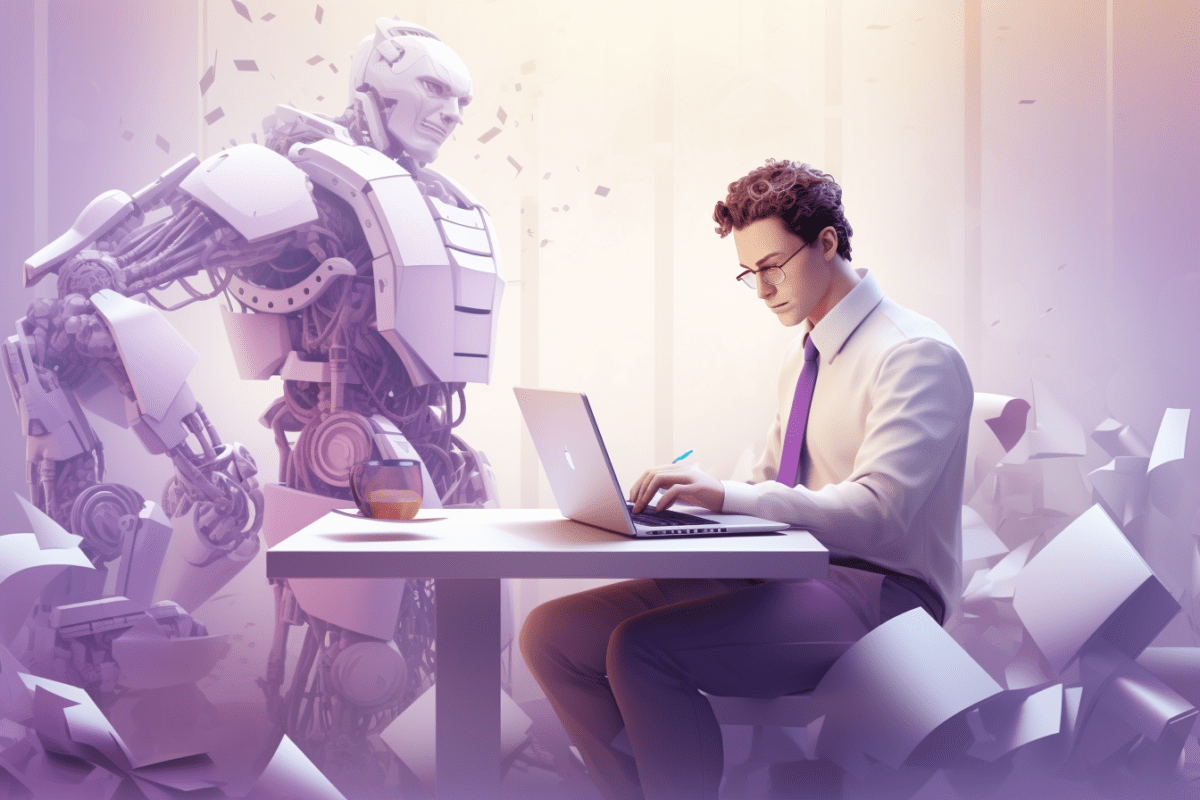The construction industry has always been known for its complex and dynamic nature, with an abundance of gigantic parts that must be carefully managed for successful project completion. The architectural and design processes can be difficult to manage due to several functionalities such as managing stakeholders, meeting timelines and budgets, and many more.
However, the use of artificial intelligence has been a game changer, speeding up the design processes, increasing productivity, and unlocking new levels of creativity. The emergence of expert systems in the field of 3D visualization does not define the obsolescence of human labor but rather enables to amplify the skills of designers and architects.
The Emergence of Robot Design: The Future of AI in Architectural Renderings
Table of Contents
The design process in the architecture and construction industry was heavily based on unskilled labor and human-based operations, with architects and interior designers drawing out their ideas on paper. Throughout the manual process, production designs needed a long time to complete and changes were difficult to make.
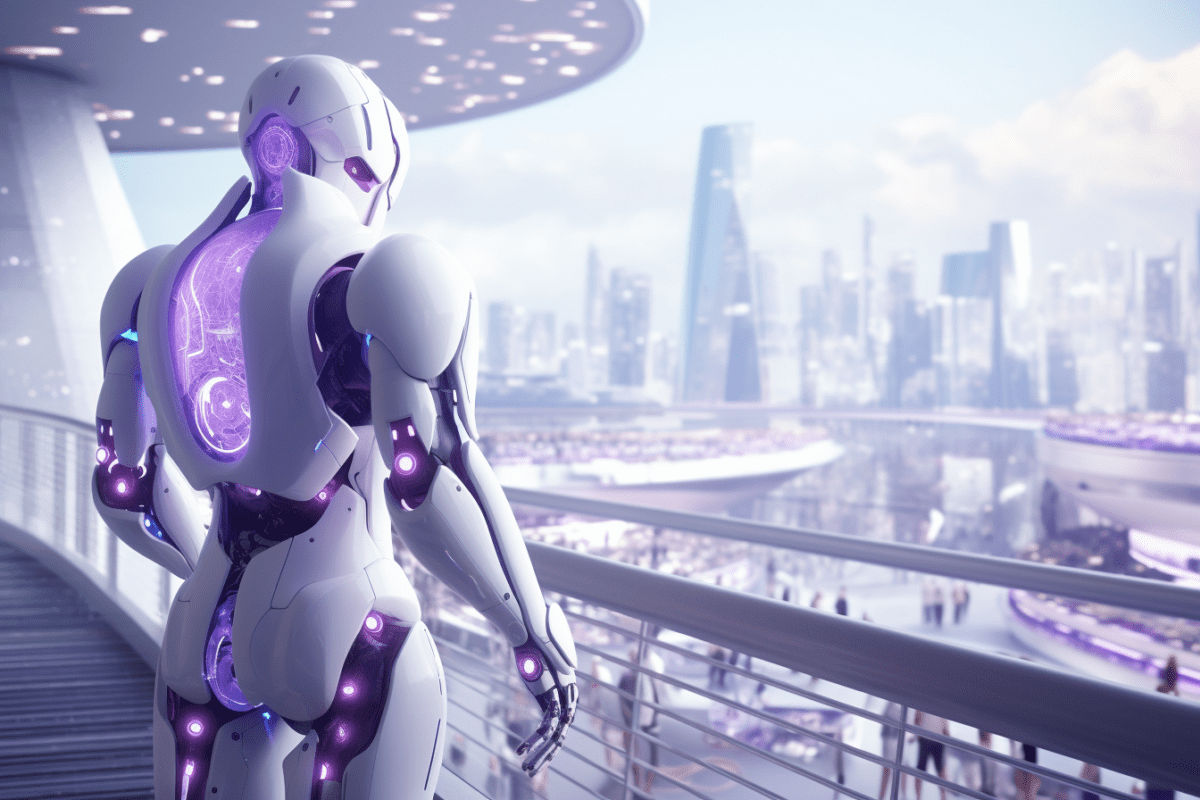
However, with the development of AI, most architects now rely on 3D rendering software to digitally bring their ideas to real life. Designers and architects can create three-dimensional renderings of houses or construction sites utilizing only computer and artificial intelligence-driven modeling technologies.
Applying AI and machine learning to the design process helps designers and architects in making the transition from pen and paper to the digital world. AI-powered solutions can solve challenging issues, automate repetitive activities, and enable construction companies to achieve remarkable results.
Streamlining the Design Process Through Predictive AI
Al has the potential to help design professionals in different ways, including improving design accuracy, efficiency, and originality. While Al can certainly perform various activities on its own, evaluating the result will always require human input, design thinking, and engagement.
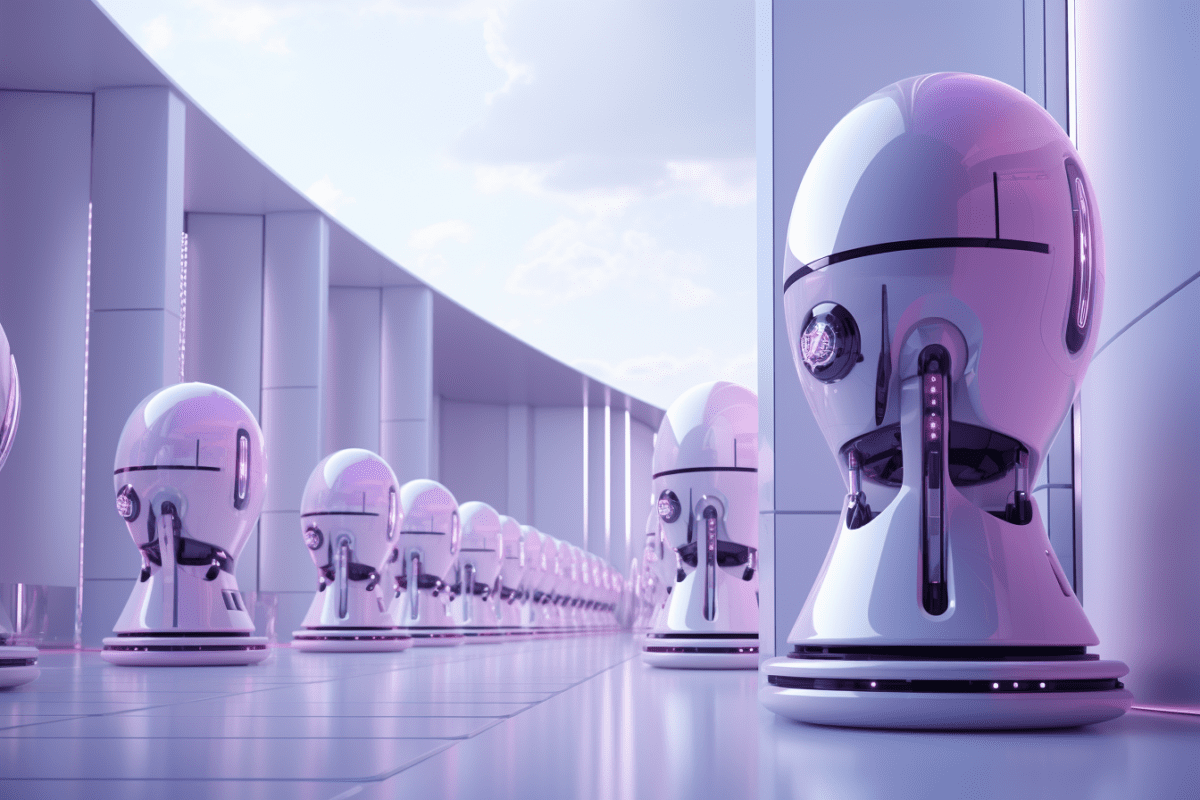
As a result, AI technology has several applications and benefits in the design and building processes. Here are some ways through which AI can be applied to speed up design processes:
- Risk Management
Throughout the construction process, artificial intelligence technologies can help contractors and designers in assessing risks and making well-informed decisions. AI systems can identify possible restrictions, predict delays, and improve resource allocation by evaluating historical project data. This enables risk reduction, increased productivity, and on-time project completion.
- Intelligent Automation
AI-driven systems have the potential to reduce repetitive and time-consuming operations in the design and building processes. As a result, artificial intelligence frees up human resources to focus on more complicated and creative areas of the project by automating routine processes, resulting in higher productivity and lower costs.
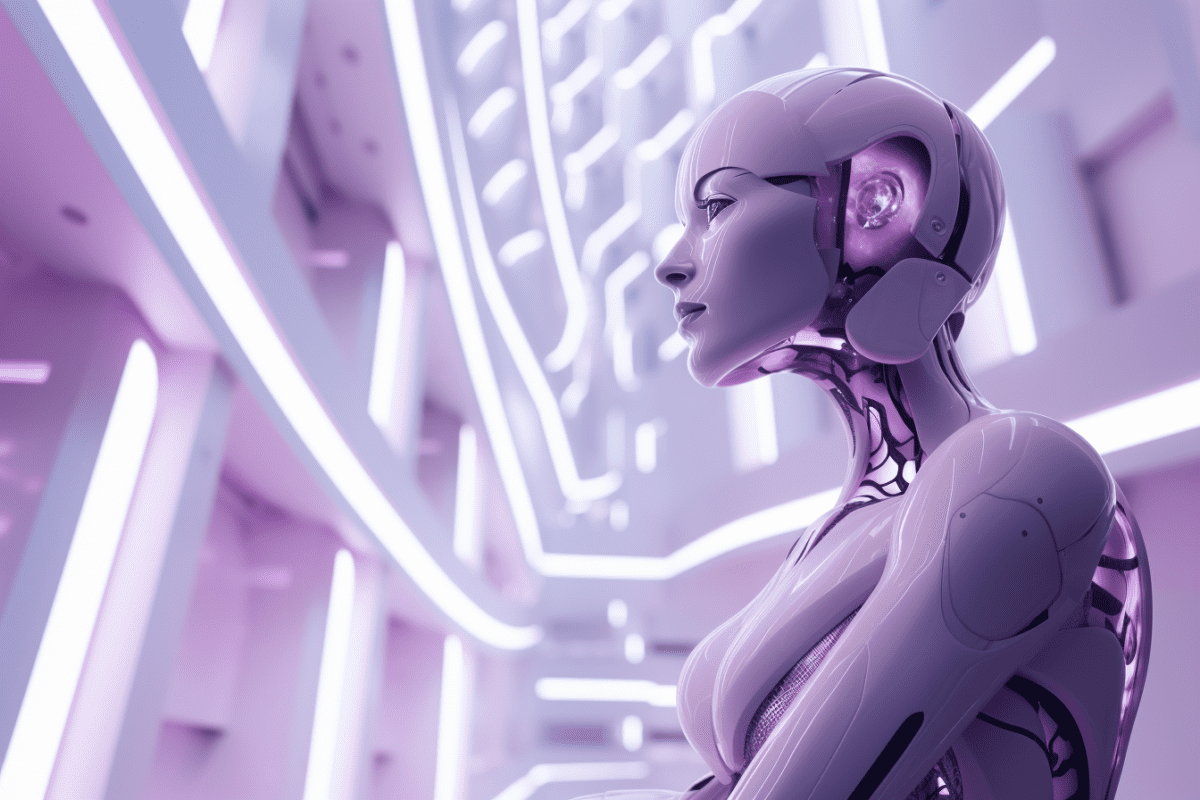
- Sustainable and Energy Efficient Designs
AI has the potential to significantly improve energy efficiency and promote sustainable design practices. Expert systems are capable of analyzing energy consumption trends, optimizing HVAC systems, and recommending energy-saving alternatives. Additionally, by forecasting energy production and consumption patterns, AI systems can help in the integration of renewable energy sources, resulting in greener and more sustainable building designs.
- Quality Control and Defect Detection
AI systems can recognize flaws, identify deviations from design, and notify project teams in real time by analyzing photos and videos collected on-site. This reduces rework and guarantees that the final construction meets the specified quality requirements.
- Construction Schedules
AI-driven software can identify patterns and anticipate how long a given construction task will take to complete. Ultimately, this data can be utilized to develop more effective building schedules that save both time and money.
- Material Selection and Cost Estimation
AI algorithms can analyze large databases of building materials, their qualities, and costs which can support providing reliable suggestions for material selection. As a result, artificial intelligence can help project teams produce realistic cost estimates and budgets by assessing project needs, historical data, and market trends.
Final Words
Artificial intelligence is rapidly transforming the architecture and construction processes by speeding up blueprinting processes, automation, and even safety regulations. The introduction of this new technology has the potential for helping architectural teams in increasing production and lowering costs while boosting accuracy and worker safety.
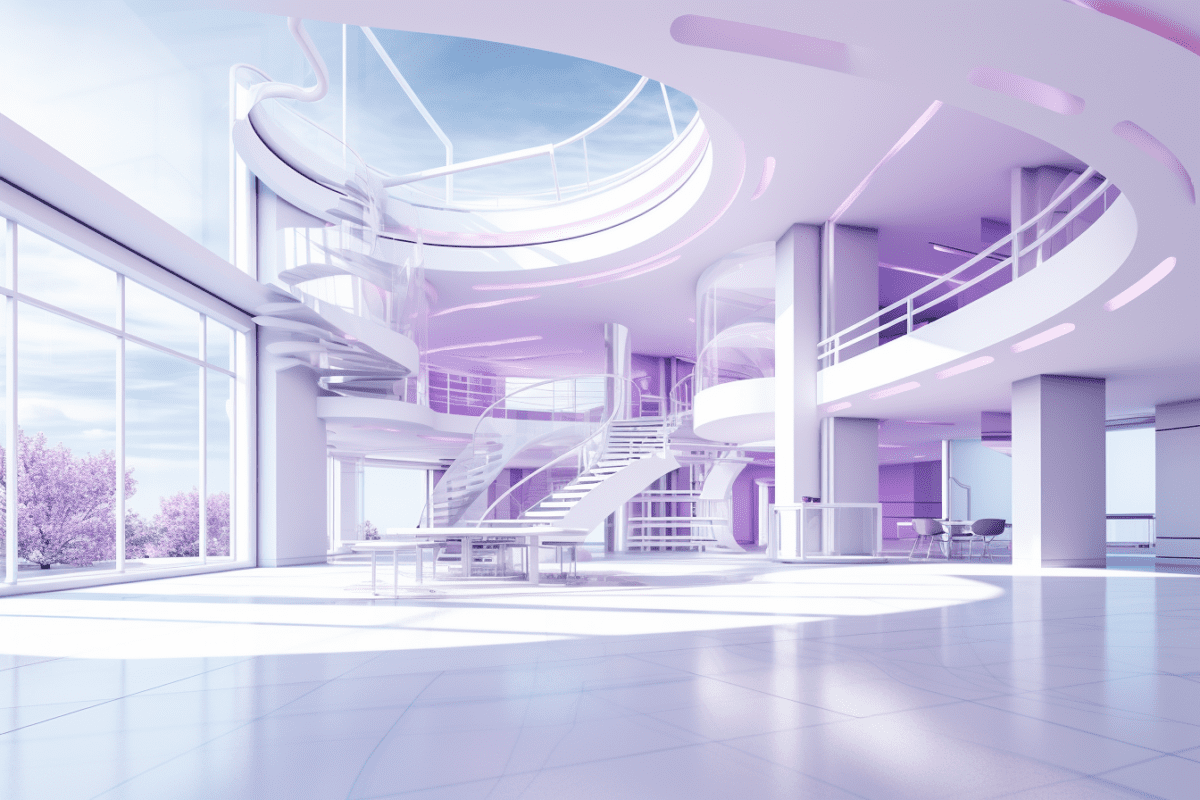
Although artificial intelligence algorithms can not replace humans in the construction business, they can undoubtedly make a significant difference in project management. Considering ongoing innovations in the construction sector, there will be additional applications of intelligent thinking systems in this area in a short time.
Note: Created with mid-journey

